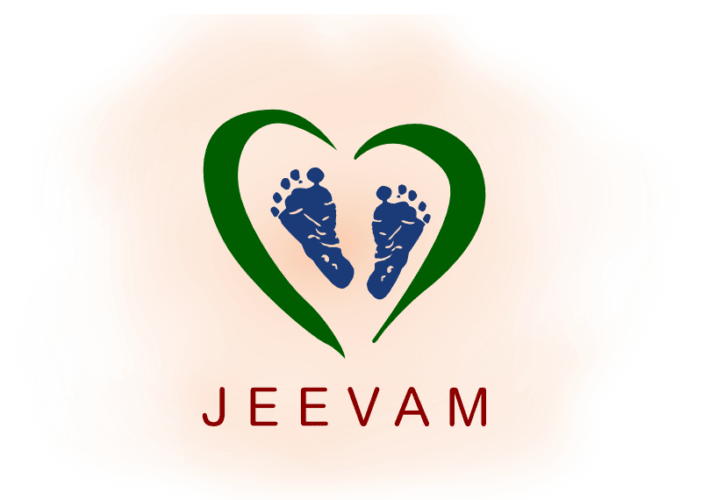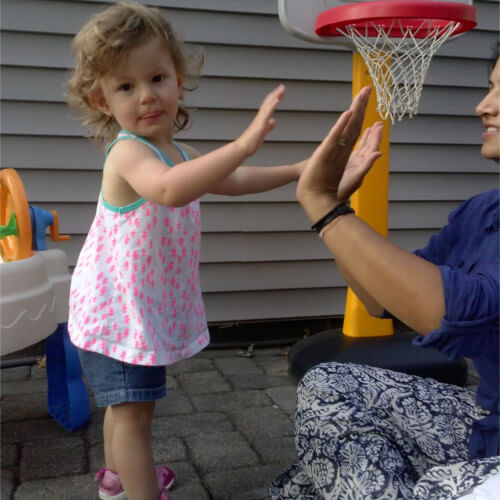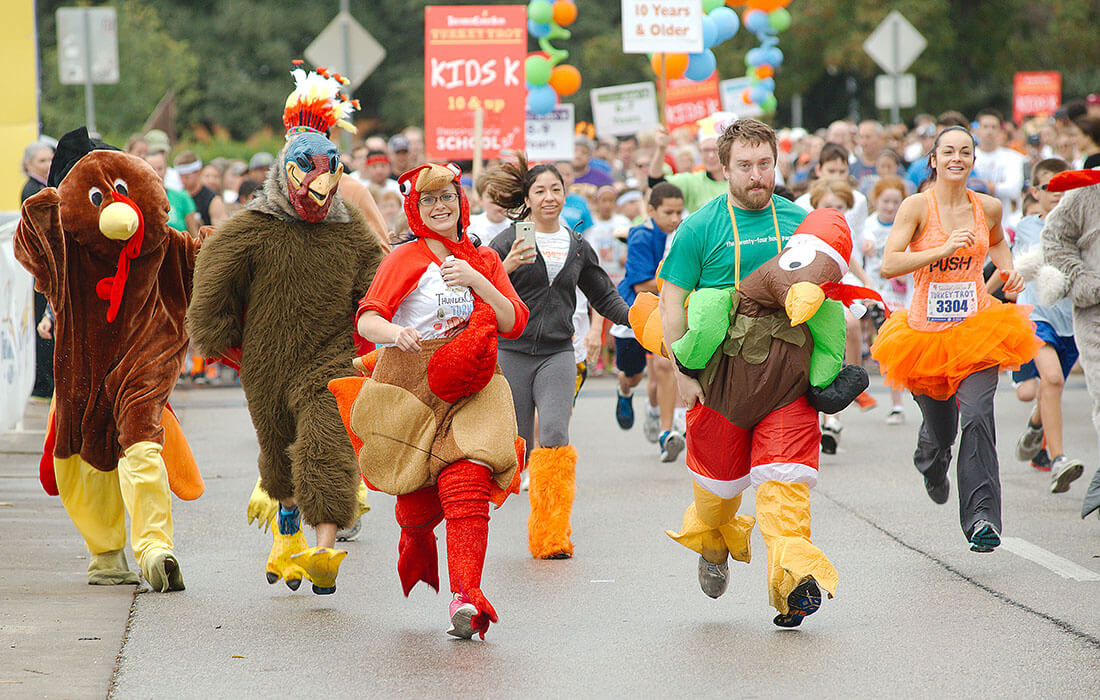Scoliosis treatment is a core specialty at Jeevam Therapy. Our expertise extends beyond a singular approach, as our physical therapist is certified in two highly specialized methods. This blog explores the SEAS method and its benefits for managing scoliosis.
What is SEAS?
SEAS, or the Scientific Exercise Approach to Scoliosis, provides personalized treatment plans aimed at improving spine stability through self-correction, potentially delaying or avoiding the need for external bracing. Each plan is tailored to the patient’s unique curve pattern and includes functional and breathing exercises. Designed to be flexible, SEAS allows patients to continue their exercises at home, which can significantly reduce costs. Patients typically schedule sessions every two to three months to maintain consistency and ensure proper execution. The exercises are often integrated into daily routines, promoting long-term adherence. By using cognitive-behavioral techniques, SEAS encourages patients to actively engage in their treatment, fostering a positive mindset toward their exercises.
SEAS Benefits
Research highlights several benefits of the SEAS approach. It offers flexibility with sessions that can be held either at a clinic (2-3 times a week for 45 minutes) or at home (20 minutes daily, with check-ins every 3 months). The exercises require no special equipment, making home practice easier. SEAS is adaptable to different types of scoliosis and focuses on natural spine stabilization. It promotes active self-correction, potentially reducing the need for external support. Evidence supports its effectiveness in slowing curvature progression and minimizing the need for braces. With fewer clinic visits required, SEAS may also lower overall treatment costs. Additionally, SEAS incorporates neuromotor training and cognitive-behavioral strategies to enhance patient and family compliance. Its global availability makes it accessible to many.
History of SEAS
The SEAS approach was developed at the Instituto Scientifico Italiano Colonno Vertebrale (ISICO) in Italy by Michele Romano and Alessandra Negrini. This technique has been effectively utilized in Europe for decades before gaining global recognition. The program is open-source, facilitating widespread training for physiotherapists globally. Over the years, different studies, including a randomized controlled trial in 2014, have documented the efficacy of the SEAS approach in various phases of scoliosis treatment. Recently, it has gained recognition beyond Europe, with institutions like Holy Name Medical Center in the US offering this approach.
SEAS Vs. The Schroth Method
Schroth and SEAS are two prominent 3 dimensional methods for treating scoliosis, each with unique strengths. The Schroth Method focuses on restoring a natural spinal position by elongating, de-rotating, and stabilizing the spine in three dimensions. It employs specific exercises, rotational angular breathing, and postural awareness, which can lead to highly precise spinal corrections and significant improvements. This method’s intensive approach, requiring 45 minutes to an hour daily, ensures thorough engagement and consistency, which can be particularly beneficial for achieving long-term results. Schroth’s structured routine and use of specific equipment provide clear guidelines and support for patients.
SEAS, on the other hand, emphasizes scoliosis-specific exercises and active self-correction, integrating these into daily activities. It is less time-intensive, offering shorter, more flexible sessions that are easier for younger patients to comply with. SEAS exercises do not require specialized equipment, making home practice more accessible. Additionally, SEAS is often combined with other treatments like chiropractic care and corrective bracing and can be easily adjusted based on the patient’s response.
SEAS at Jeevam Therapy
At Jeevam Therapy, our commitment lies in delivering the most advanced and effective treatments for scoliosis. Leading our team is Dr. Eva Mohanty, a specialist in scoliosis care. With certifications from the Schroth Barcelona Institute (SBI-II) in 2012 and 2015, as well as training in the Rigo System Cheneau (RSC) brace in Rosenheim, Germany, in 2016, Dr. Mohanty brings extensive expertise to our practice. She further enhanced her skills with the scientific exercise approach to scoliosis (SEAS) certifications from ISICO, where SEAS was first developed, in 2017 and 2018. Our expertise in both the Schroth and SEAS methods allows us to provide comprehensive and personalized care for our patients, ensuring the best possible outcomes for scoliosis management.
Contact our Metuchen and Paramus, NJ offices today to see if Schroth Therapy is right for you. Schedule a screening at our clinics for a nominal fee and learn about the next steps for your treatment.
Resources
- https://scoliosisjournal.biomedcentral.com/articles/10.1186/s13013-014-0027-2
- https://en.isico.it/seas/
- https://drtamryn.com/what-we-do#:~:text=The%20Scientific%20Exercise%20Approach%20to,of%20scoliosis%20recognized%20by%20SOSORT.
- https://www.scoliosisreductioncenter.com/blog/scoliosis-treatment-physical-therapy
- https://advance-physicaltherapy.com/2016/scientific-exercises-approach-scoliosis-seas/
- https://www.northjersey.com/story/sponsor-story/holy-name-hospital/2021/08/17/seas-method-uses-breathing-and-posture-exercises-treat-scoliosis/8120983002/
- https://pubmed.ncbi.nlm.nih.gov/25729406/
- https://scoliosishope.com/services/postural-therapy-seas/
- https://ptj.uswr.ac.ir/article-1-526-en.html
- https://www.researchgate.net/publication/359751461_The_Effectiveness_of_Schroth_vs_SEAS_Exercise_Methods_for_Correcting_Idiopathic_Scoliosis_in_Adolescent_A_Systematic_Review
Tags: therapy, physical therapy, scoliosis, schrothmethod, schroth, spine, seas




